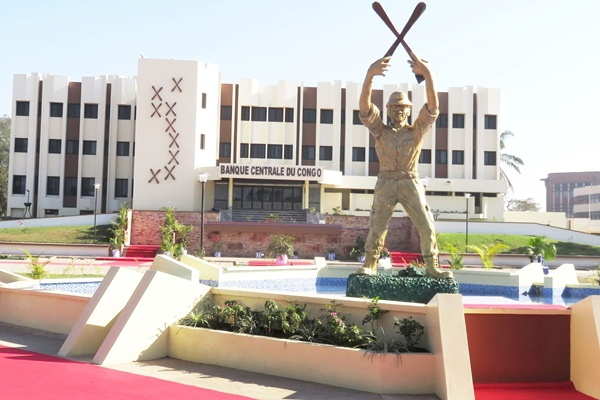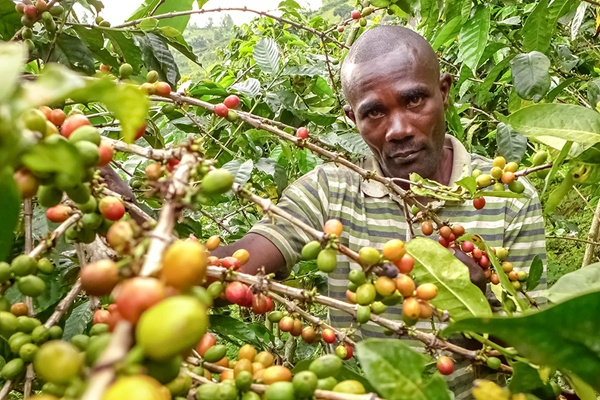
News (562)
The inflation rate in the Democratic Republic of Congo (DRC) is showing signs of slowing down. According to the Central Bank, prices increased by 14.5% year-on-year for the four weeks ending in August 2024. Earlier in same the month, inflation had already decreased to 15.25%, down from 23.75% at the end of January 2024.
Despite this progress, the government is still far from meeting its target of limiting annual inflation to 11.5%. According to many, the depreciation of the Congolese franc is among the primary factors behind rising prices, particularly in Kinshasa, the capital, which has a population of nearly 23 million.
However, recent reports by the Central Bank indicate that the national currency has begun to appreciate, reflecting improvements in the trade balance, where exports now exceed imports. Still, at the microeconomic level, there were no improvements in the purchasing power of millions of Congolese citizens, as high transportation costs for goods continue to impact prices.
The government’s ability to stabilize prices is limited by the high costs associated with transporting consumer goods, whether produced locally or imported. The Ministry of Economy notes that taxes account for only 23% of product costs, while the country faces significant production deficits in staple goods like maize, necessitating imports.
The DRC's monetary system is heavily dollarized, with the US dollar dominating transactions. This reliance complicates the Central Bank's efforts to manage inflation, as the local currency constitutes only 18% of the money supply and is costly to obtain due to high intervention rates (25%).
Georges Auréole Bamba
In the Democratic Republic of Congo (DRC), robusta coffee producers are poised to benefit from rising global prices. After a 58% increase in 2023, prices have surged another 63% in 2024, reaching a record $4,667 per ton in July. This trend is driven by strong demand from coffee roasters and declining exports from Vietnam, the world's largest robusta producer, which is facing severe drought conditions.
Vietnam's coffee sector has been significantly impacted, with forecasts indicating a 20% drop in exports for the 2023/24 season due to the worst drought in over a decade. This situation has created a supply gap that has contributed to the increase in robusta prices on the global market.
The price hike presents an opportunity for the DRC's coffee industry to attract investment in robusta plantations. This variety is more resilient to dry conditions and accounts for over 70% of the country's total coffee production. In 2022, DRC produced 23,130 tons of robusta coffee, making it the fifth-largest supplier in Africa (after Uganda, Côte d'Ivoire, Tanzania, and Cameroon).
Additionally, the global coffee market is expected to see a 2.2% increase in consumption during the 2023/2024 season, further supporting robusta coffee prices.
According to the United Nations Conference on Trade and Development (UNCTAD), the DRC cultivates coffee on approximately 200,000 hectares.
Espoir Olodo







